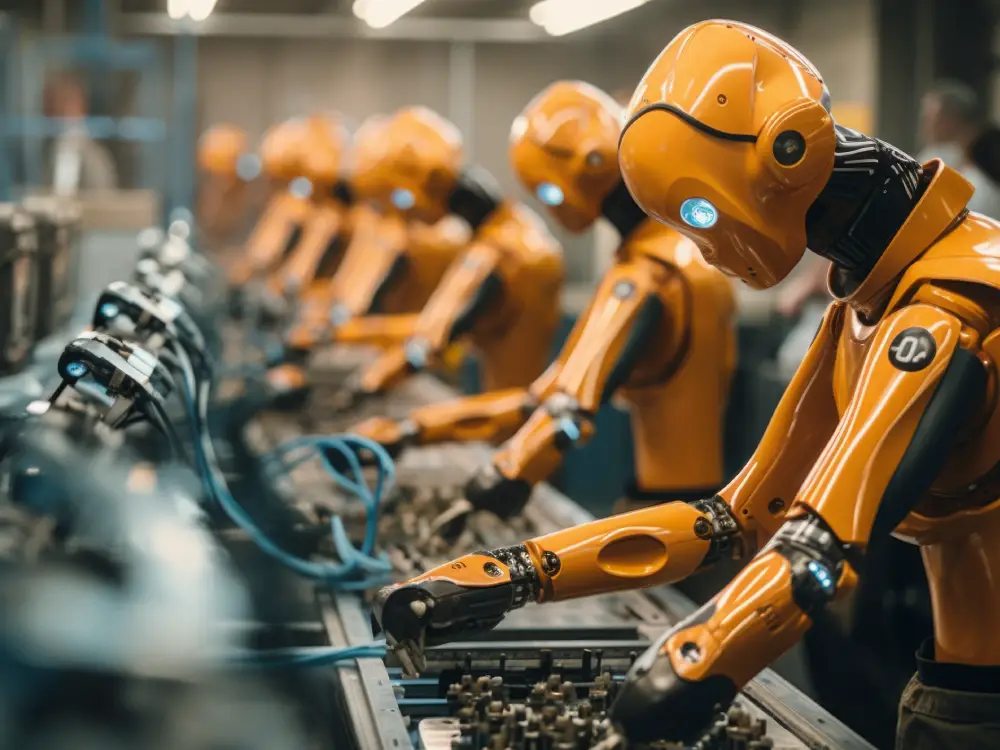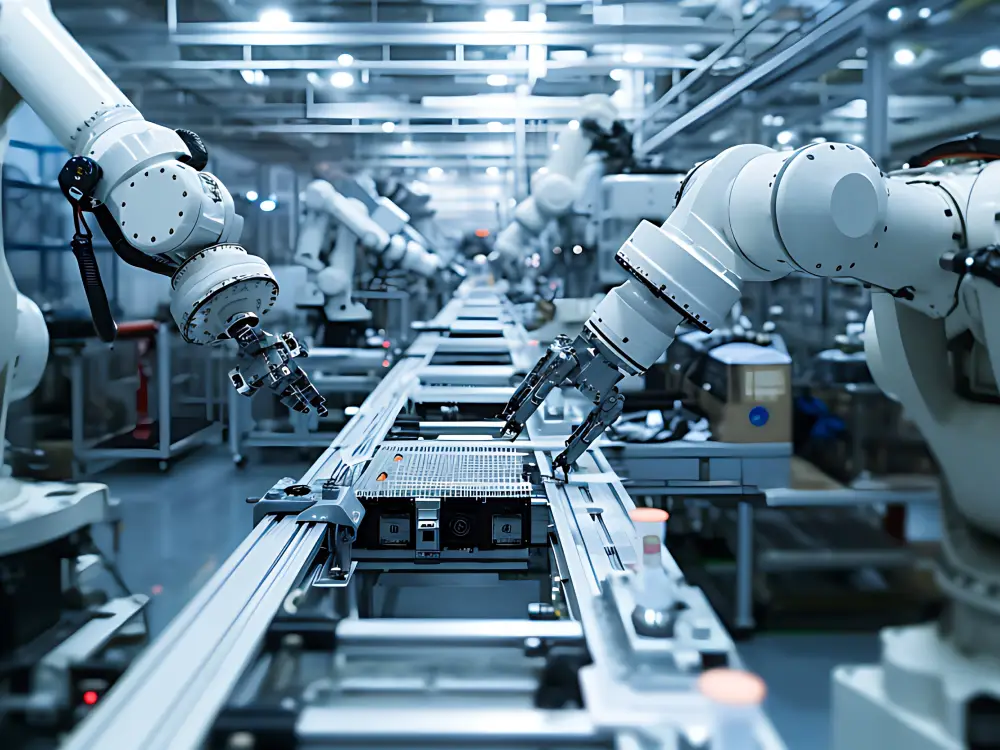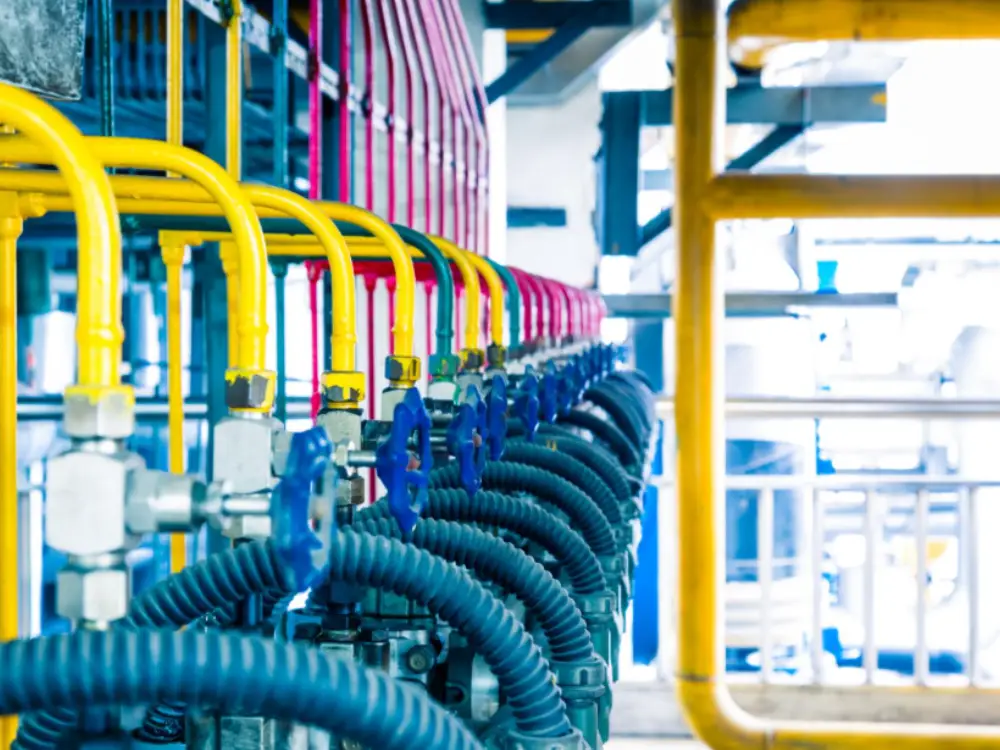For decades, accuracy and creativity have been the keys to success in engineering. But as projects get bigger, technologies change faster, and expectations rise, one thing has become clear: collaboration.
It’s not about having the best technology or being good at technical skills anymore. It’s about how well teams, disciplines, and partners work together to come up with smarter, faster, and more sustainable solutions.
Collaboration is no longer just a nice thing to have; it’s the new way to stand out from the competition in a world where every project needs people with different skills.
Moving from Silos to Synergy
In the past, TDV engineering projects were done in a straight line: designers made plans, contractors built them, and customers approved them. There were silos of responsibility between each phase, and it was common for people not to talk to each other But the complexity of today’s projects has made that model useless.
No one team or discipline can build a smart factory, a green building, or a public transport system in a city. Architects are in charge of coordinating the design, civil teams are in charge of planning integration, and everyone relies on digital tools to stay on the same page.
What happened? There is no longer an option for synergy.
Projects that let teams, technologies, and locations work together always do better than those that don’t.
Technology: The Link Between Teams
The use of digital collaboration tools has completely changed how engineering projects are done.
BIM and DTT are two other platforms that let teams see 3D models of whole buildings before they start building them. The architect, the site engineer, and everyone else can all see the same model, make changes in real time, and guess what problems might come up. This not only cuts down on mistakes and rework, but it also promotes openness and responsibility.
When people work together online, information flows more freely, decisions are made faster, and the whole project benefits from the group’s knowledge.
There are many other uses for BIM, such as cloud-based project management tools, IoT-based monitoring systems, and AI-based simulations. These have completely changed the way people from different fields talk to each other. In an integrated digital setup, a civil engineer in Mumbai can work with a mechanical design expert in Pune or an electrical consultant in Delhi.
Ten years ago, that level of connectedness wasn’t possible. It’s the standard for excellence today.
Working Together Is a Way of Life, Not Just a Process
It’s not just about software or workflow; true collaboration is a way of thinking.
The best engineering companies are those that make working together a part of their culture. This means creating spaces where engineers can freely share their thoughts, site teams can question design assumptions, and leaders value conversation over hierarchy.
When collaboration is part of the culture, it gets rid of the “us versus them” attitude that exists between departments Instead, everyone is focused on one thing: making the client happy and doing a great job on the project.
At TDV and other forward-thinking companies, working together isn’t just encouraged; it’s built into every step of the project process. Brainstorming sessions between teams, reviews between departments, and open lines of communication make sure that every problem is noticed and every idea is heard.
The Power of Thinking Across Disciplines
In the future, engineers will work together in teams that can cross the lines of their areas of expertise.
A structural engineer who knows how to design HVAC systems can make choices faster and better. The same goes for a civil engineer who knows how to plan electrical loads.
When mechanical, electrical, and civil engineers work together from the start, innovation happens more quickly.
For example, if the structural and mechanical teams work together on time when designing an industrial plant, they can avoid having to make costly changes later on.
Also, because sustainability experts are involved from the start, it’s easy to install energy-efficient systems instead of having to think about them later. When you share this kind of knowledge, you get integrated problem-solving, which means the project is not only technically sound, but also designed to be efficient over the long term and have the least impact on the environment.
Clients as Team Members
In modern engineering, working together doesn’t end with the company. It gets to the client. Clients used to just sit back and take in project news. Those days are over.
Clients are now partners who work together by sharing ideas, setting long-term goals, and making sure that strategies are in sync at all times. The results are much better when the engineers and clients work together. There is less friction, approvals happen faster, and expectations are clearer.
It builds trust, and trust is what drives progress Working together with clients also leads to more customised solutions.
When engineers talk to a client and learn about their specific needs, they can build infrastructure that will directly meet those needs instead of giving them generic solutions.
Collaboration turns client relationships into co-creation partnerships, which is the key to long-term success.
Getting Past the Barriers to Working Together
Collaboration isn’t always easy, even though it has its benefits. Even the best teams can be held back by things like departmental silos, too much communication, or lack of clarity.
To get around these, organisations need to consciously build structures that make it easier for people to work together.
That means:
- Open communication systems that let everyone, from the designers to the field engineers, see the same information.
- Seamless project management systems let you keep track of tasks, deadlines, and responsibilities across all departments.
- Cross-functional review meetings where teams look at their progress together.
- Engineers get ongoing training in other fields.
To work together, you have to put in the effort and get on the same page. But the rewards are great.
It helps you make better design choices, cuts down on delays, makes people more responsible, and in the end, it gives clients better results.
Getting Ahead in a World That Is Connected
Engineering is no longer a sport for one person; it’s a sport for a team.
Companies that promote teamwork both inside and outside their walls will continue to shape the future of the industry.
When people who are experts in different areas work together, new ideas are bound to come up.
Projects are finished faster, costs are lower, and clients have a much easier time getting things done.
But more importantly, working together gives us collective intelligence, which is the ability to use everyone’s creativity to solve hard problems It lets you be flexible in a field that needs accuracy. It helps teams see problems coming, respond quickly, and deliver with confidence As technology makes it easier for people in different fields to work together, this way of thinking will become even more important.
With the Help of New Engineering, the Road Ahead
Excellence is being redefined.
It’s not about having the newest and best tools or the biggest crew anymore; it’s about having the best group of people Working together isn’t a trend; it’s the foundation for what’s to come.
Companies that put collaboration first are the ones that are pushing the limits of what can be done, whether it’s through integrated digital tools, cross-functional teams, or working with clients.
In the end, the best engineering doesn’t just build buildings; it builds bridges.
And those bridges will help build the future of innovation, one project at a time.







